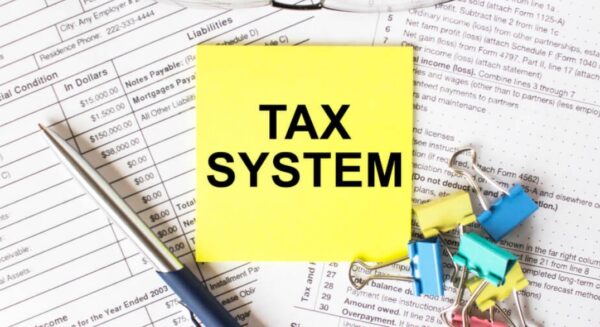Navigating the labyrinthine corridors of the tax system can feel akin to deciphering an ancient language—a convoluted tapestry woven from centuries of legislation, policy shifts, and economic theories. Each year, countless individuals and businesses grapple with a web of forms, deductions, and regulations that seem to multiply and evolve with every passing tax season.
Why is it that what should be a straightforward process spirals into a complex set of guidelines that often requires expert guidance to navigate?
In this article, we will delve into the myriad factors that contribute to the bewildering nature of taxes, exploring the historical, legal, and socioeconomic influences that shape our current system. From the intricacies of tax codes to the ever-shifting definitions of income and deductions, understanding why our tax system is so complicated is not just essential for compliance, but vital for grasping the broader economic landscape in which we operate.
Historical Factors: A Legacy of Legislative Decisions

Historical factors play a pivotal role in shaping the complexities of our current tax system, offering a rich tapestry woven from decades, even centuries, of legislative decisions. Every tax code modification, often a reaction to economic upheavals or societal demands, adds layers of nuance and intricacy.
For instance, the aftermath of World War II led to a surge in taxation schemes aimed at financing recovery, while the roaring economies of the late 20th century invited numerous tax cuts and loopholes. The influences of political ideologies, lobby groups, and shifting public sentiment have resulted in a constantly evolving framework, where laws that once seemed straightforward have morphed into labyrinthine regulations that confuse taxpayers and experts alike.
Each statute and ruling reflects historical context, creating a narrative that is both complex and deeply embedded in the fabric of our society, underscoring why taxes have become a veritable puzzle for many.
The Role of Different Tax Authorities: Federal, State, and Local

The tax landscape in the United States is a mosaic of regulations shaped by three distinct levels of authority: federal, state, and local. At the federal level, the Internal Revenue Service (IRS) enforces a wide array of tax obligations that impact individuals and businesses alike, often filled with intricate rules and myriad deductions that can baffle even the most diligent taxpayers.
Meanwhile, state tax authorities impose their own sets of requirements, which can vary dramatically from one jurisdiction to another. For instance, some states rely heavily on income taxes, while others favor sales taxes or property taxes, introducing a layer of complexity that can leave taxpayers scratching their heads.
Local authorities, often overlooked, add yet another dimension with their unique fees and taxes that fund essential services like schools and public safety. This patchwork of regulations not only creates confusion but also amplifies the difficulty of achieving compliance, leaving many to wonder why the tax system must be so convoluted in the first place.
Variety of Tax Types: Income, Sales, Property, and More
The landscape of taxation is a multifaceted realm, encompassing an array of tax types that can leave even the most diligent citizen feeling dazed. At the forefront, income tax stands out as a primary source of government revenue, demanding a meticulous accounting of earnings and allowable deductions.
In contrast, sales tax operates at the point of purchase, seamlessly added to the cost of goods and services, yet its variance from state to state can confuse consumers and retailers alike. Property tax, another cornerstone, ties individuals to their physical assets, computed based on the value of homes and land, prompting annual assessments that can fluctuate dramatically.
But thats not all—there are also capital gains taxes, estate taxes, and an assortment of excise taxes that sneak their way into our financial calculations. The sheer volume and diversity of these tax types create a landscape rich with complexity, making it imperative for individuals and businesses to navigate their implications with precision.
As one delves deeper into this intricate system, the interplay of local, state, and federal regulations further complicates the picture, underscoring why tax codes can feel like an insurmountable maze.
Conclusion

In conclusion, the complexities of the tax system can often leave individuals and businesses feeling overwhelmed and confused. Factors such as diverse income sources, varying tax brackets, frequent legislative changes, and intricate deductions all contribute to the labyrinth of regulations that taxpayers must navigate.
As we strive for a clearer understanding of these complexities, it becomes evident that seeking professional guidance can be invaluable. Firms like Accountancy Capital provide much-needed expertise, helping to demystify the tax process and ensure compliance while maximizing potential benefits. By acknowledging the challenges and taking proactive steps toward understanding or seeking assistance, taxpayers can better manage their obligations and contribute to a more streamlined and equitable tax system.


